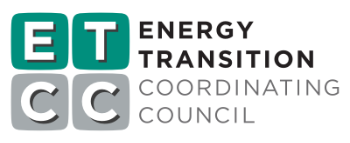HVAC Retrofit Controls for Compressor cycling optimization
Project Number ET16SDG1021 Organization SDG&E End-use HVAC Sector Commercial Project Year(s) 2016 - 2018DX HVAC units are very often used in standalone retail, education, restaurant, and small to medium size office buildings. Among other reasons, small DX HVAC units have this market dominance in small and medium commercial buildings because they require little site-specific design, can be dropped into position for space conditioning expansion or equipment replacement without impacting the remainder of the building, do not require auxiliary systems, require relatively little commissioning, and any downtime will impact only one zone rather than an entire building.
Small DX HVAC units are essentially a collection of all necessary heating, cooling, and ventilation components including compressors, supply fan, air dampers, condenser, refrigerant coils, and a gas furnace or heat pump function if the unit is also used for heating. Although there is often airflow interaction between zones through doorways, halls, and open spaces, units typically serve a single zone and are controlled by a single thermostat. These thermostats can be programmable or smart thermostats with features such as scheduling, setpoint setbacks, occupancy sensors, and remote control in some cases. However, many units are still controlled by analog or pneumatic thermostats and even programmable thermostats can easily become out of sync with occupancy patterns or be improperly programmed.
